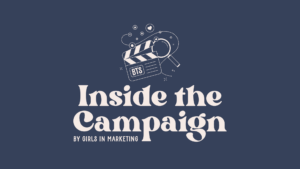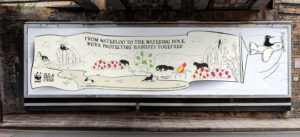The crowd of brands seeking recognition on and offline is only growing more and more every day. Brands are learning that to be seen, they need to be on top of their reactive marketing to respond to real-time events.
What is reactive marketing?
Reactive Marketing is the act of using your brand to respond to customers using real-life events and current trends. This type of marketing is less about sales conversions and more about building a strong reputation for your brand by taking advantage of trends and new opportunities. Think of your favourite brand; they may use reactive marketing to keep at the forefront of their consumer’s minds (you!).
Examples of reactive marketing
There are examples of reactive marketing everywhere. On the bus, on social media, even on billboards. Let’s take a look at the most successful reactive marketing examples and how these brands have used reactive marketing to build their brand’s strong reputation.
1. Innocent’s Twitter account
Marketers, bow down for reactive marketing royalty… Innocent Smoothies. We can’t talk about reactive marketing without mentioning Innocent’s social media accounts. Innocent are always jumping on events that their consumers can relate to, such as the reopening of pubs and England getting to the final of the Euros. Their brand demonstrates the effectiveness and success of using Twitter to expand their reach.
This was one of their tweets after pubs had reopened in England after the lockdown due to the Coronavirus pandemic. Consumers loved this tweet as it is relatable and gives a personality to their brand, instead of just tweeting about their products. It mixes things up and, in turn, increases their following as people want to see brands showing personality and reacting to real-time events.
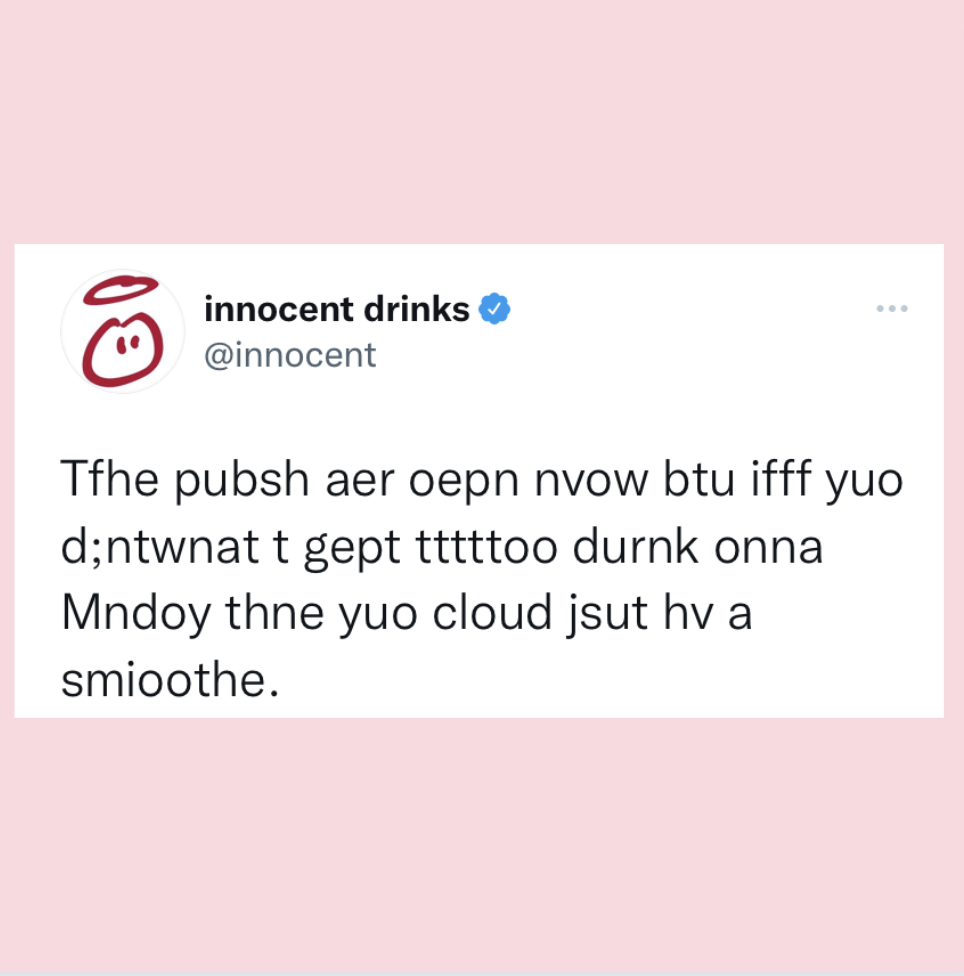
2. IKEA’s Ronaldo-inspired water bottle
IKEA is another brand that is on the ball with reactive marketing (see what we did there). They proved this with their Euro 2020 inspired water bottle. How did this come about? Ronaldo removed two bottles of Coca-Cola (the official partner of Euro 2020) at a press conference and encouraged fans to drink water. It went viral!
IKEA took the ball and ran with it (okay, we’ll stop with the football puns now). People LOVED the simplicity of this campaign, but it is truly genius. IKEA named the bottle after Ronaldo and labelled the bottle ‘for water only’ to highlight the reactive link.
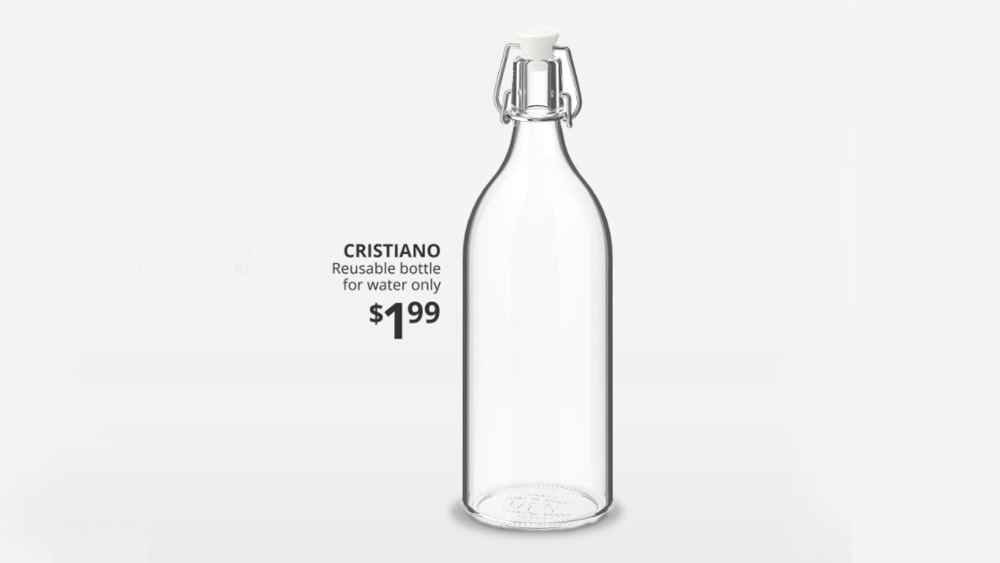
3. Weetabix’s Twitter storm
Earlier this year, Weetabix caused chaos after they encouraged their followers to have Heinz beans with Weetabix for breakfast. Their tweet was the talk of the marketing industry and beyond.
This campaign was made even more successful with other popular brands reacting to their tweet using their hashtags, #ItHasToBeHeinz and #HaveYouHadYourWeetabix. The number of well-known brands that responded to Weetabix’s tweet makes this a great reactive marketing example. Warburtons, Specsavers, and Dominos were amongst the brands that got involved with the chaos showing how effective reactive marketing can be in building your brand’s reputation.
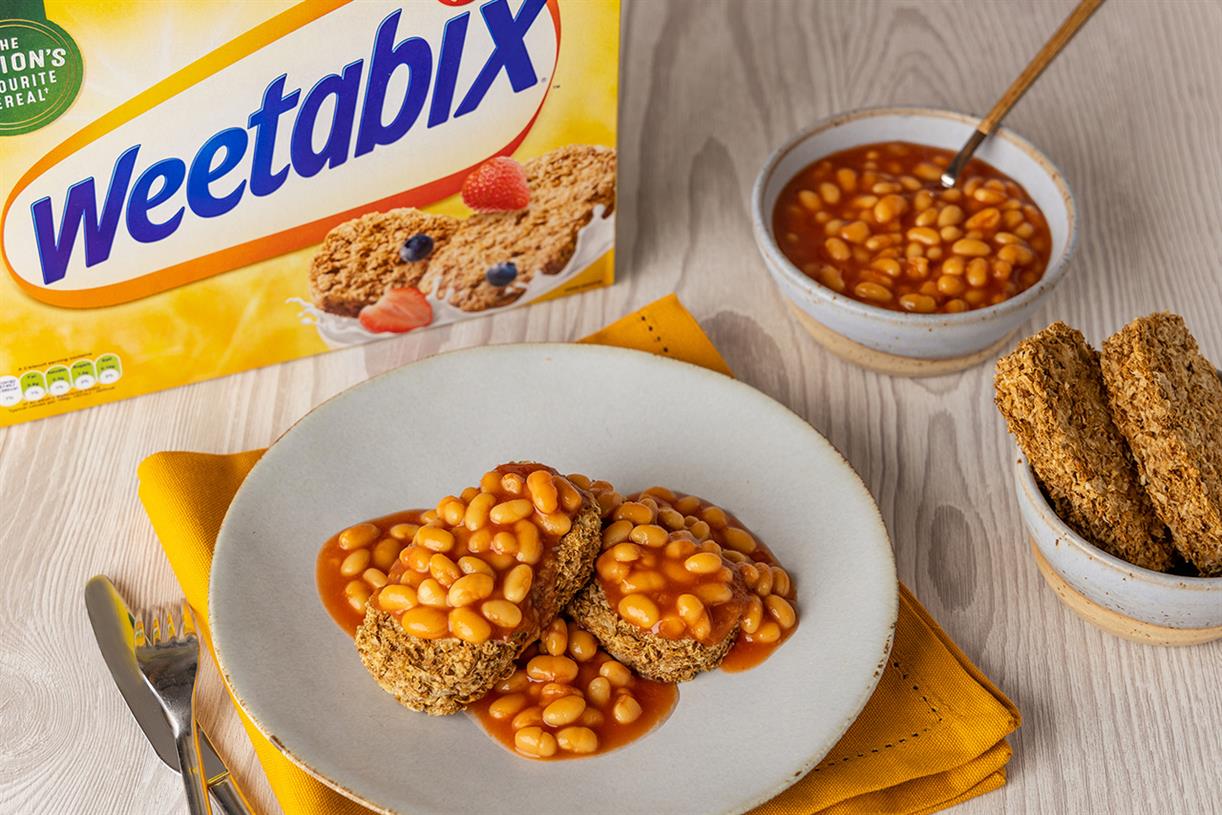
4. KitKat Take A Break Twitter challenge
Sam Hennig smashed KitKat’s reactive marketing game with this ad, using their famous tagline ‘Have a break. Have a Kit-Kat’ to relate to lockdown in the UK. Although this was part of the @OneMinuteBriefs Twitter Challenge, we thought it was important to include it to show you how brands can be reactive to absolutely everything.
The ad shows a KitKat covering slots in a diary to break up the excessive number of Zoom calls. A situation in which, if you worked from home during the pandemic, you will be all too familiar with. KitKat picked up this campaign and used the image to further encourage their followers to take a break and have a KitKat.
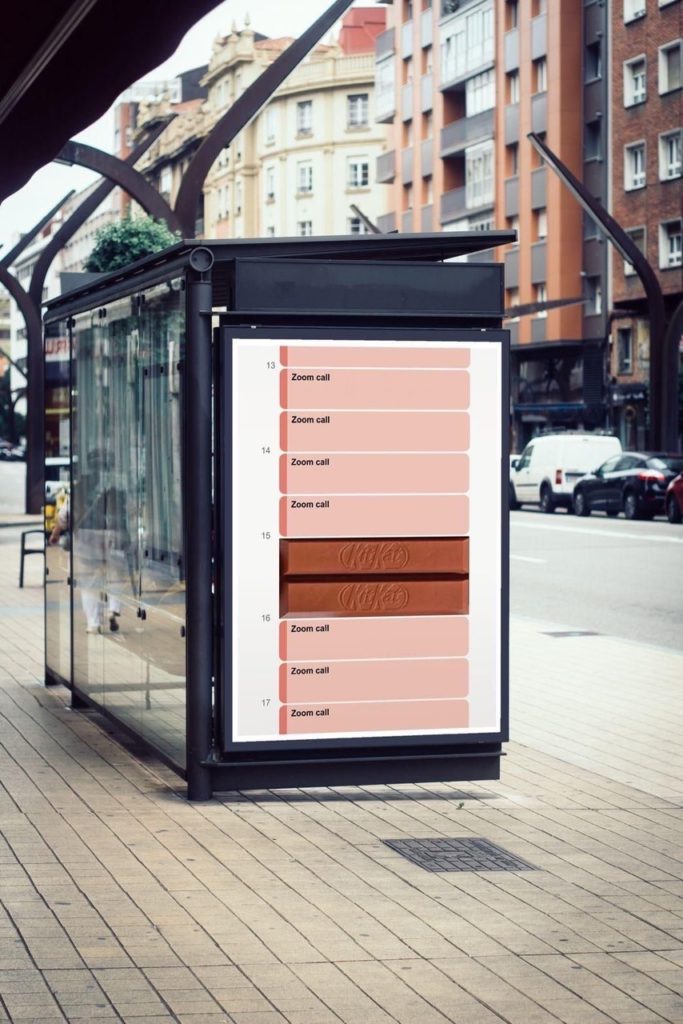
5. Interflora’s Fathers Day campaign
This campaign was all over LinkedIn, as Interflora used real statistics to launch a purpose-led campaign. Interflora discovered only 88% of men have never received flowers and, the first time a larger number of men receive flowers is in fact at their funerals.
The team at Interflora also used influencer marketing to boost this campaign and raise awareness of these statistics relating to men and receiving flowers. Many people also praised Interflora for going against their audience persona, by gifting flowers to men.

These reactive marketing campaigns are great examples of what can happen when you think on your feet. So, think outside of the box, and don’t be afraid to be reactive. Consumers LOVE it.
